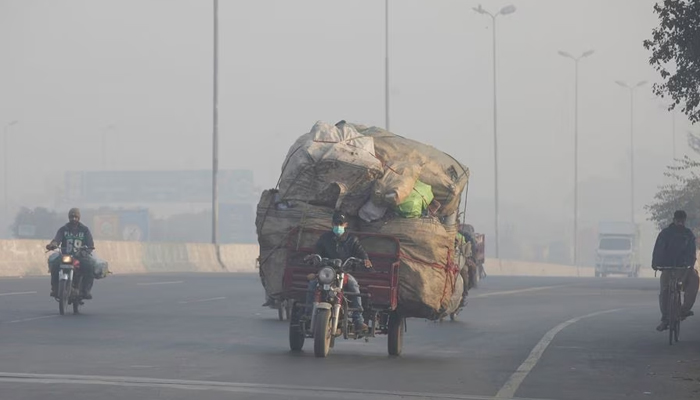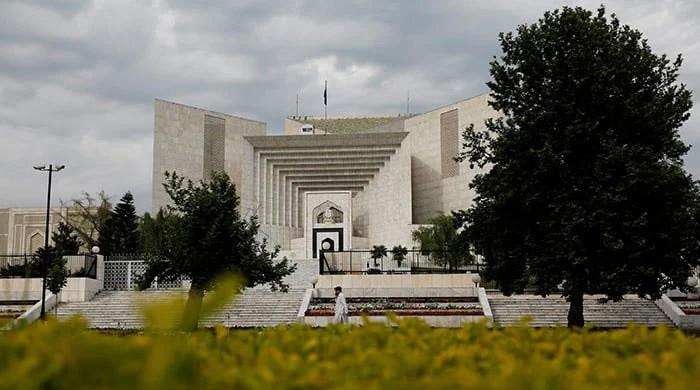Air pollution cuts life expectancy by nearly 4 years in Pakistan: report
Residents can gain 3.9 years on average by meeting WHO guidelines on air pollution
August 29, 2023

- Particulate pollution increased by 49.9% in Pakistan from 1998 to 2021.
- About 98.3% of country’s population lives in areas that exceed its own national air quality standard.
- India is responsible for about 59% of the world's increase in pollution.
Increasing air pollution in Pakistan may shorten life expectancy by at least seven years in the country’s most polluted regions like Lahore, Sheikhupura, Kasur and Peshawar, according to a report published by the University of Chicago's Energy Policy Institute (EPIC) in its latest Air Quality Life Index (AQLI) on Tuesday.
According to AQLI — a pollution index that translates particulate air pollution into its impact on life expectancy — particulate pollution is the second greatest threat to human health in Pakistan (behind cardiovascular diseases), reducing 3.9 years of life on average.
If Pakistan meets the World Health Organization (WHO) guidelines of limiting average annual PM 2.5 concentration to 5 micrograms per cubic meter, the average resident in the country could gain 3.9 years.
In contrast, child and maternal malnutrition, and maternal and neonatal disorders reduce average life expectancy by 2.7 years.
All of Pakistan’s 240 million people live in areas where the annual average particulate pollution level exceeds the WHO guideline. According to the report, 98.3% of the country’s population lives in areas that exceed its own national air quality standard of 15 micrograms per cubic meter.
The AQLI also stated that from 1998 to 2021, average annual particulate pollution increased by 49.9% in Pakistan which reduced life expectancy by 1.5 years.
In Punjab, Islamabad, and Khyber Pakhtunkhwa — the most polluted provinces of the country — 65.5 million residents, or 69.5% of Pakistan’s population are on track to lose between 3.7 to 4.6 years of life expectancy on average relative to the WHO guideline and between 2.7 to 3.6 years relative to the national standard if the current pollution levels persist, AQLI stated.
The report further read that if Pakistan would meet WHO’s guideline, then Karachi residents would gain 2.7 years of life expectancy whereas residents of Lahore would gain 7.5 years and people in Islamabad would gain about 4.5 years of life expectancy.
The report added that India is responsible for about 59% of the world's increase in pollution since 2013.











